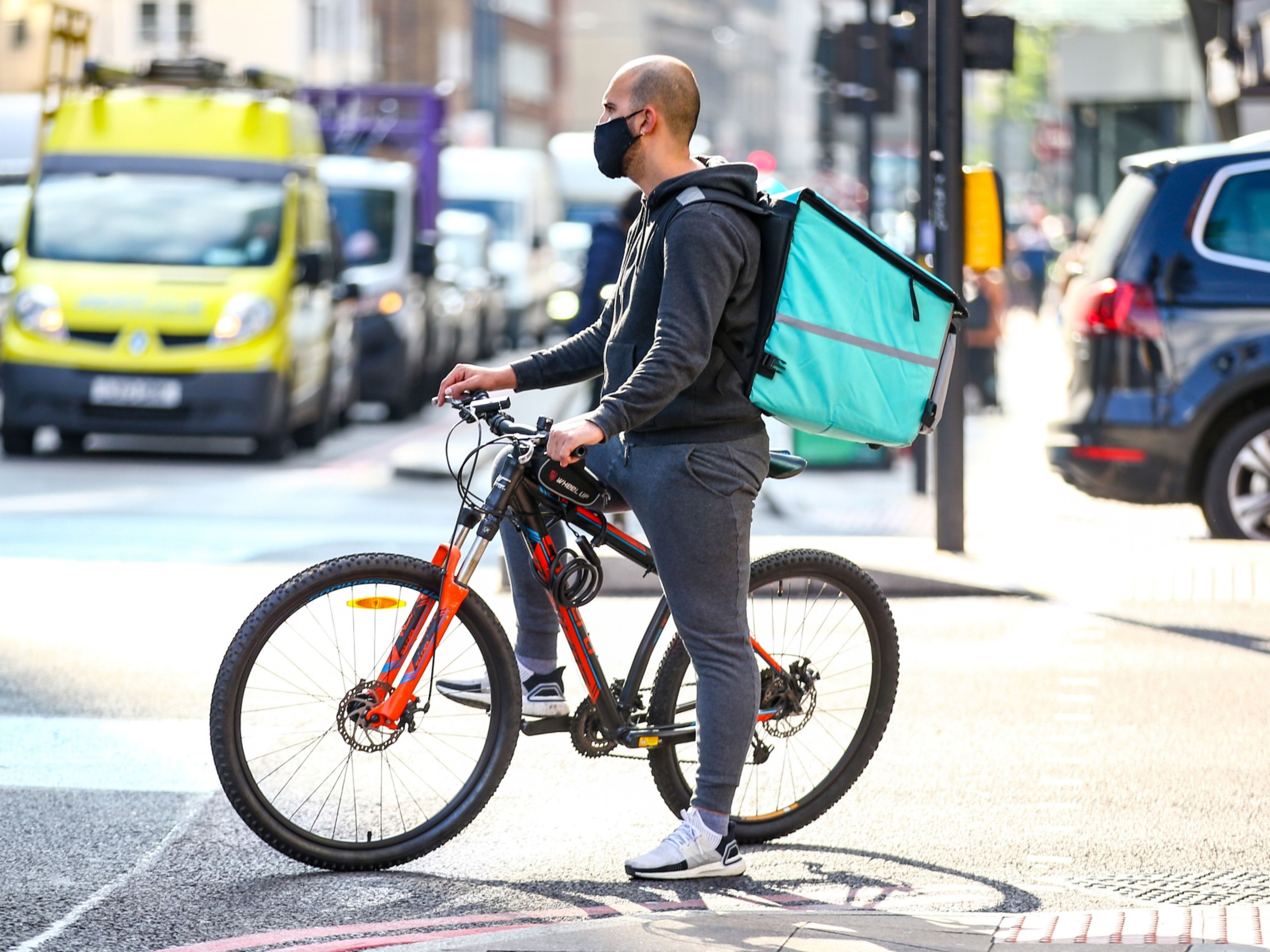
The shift to supply-chain digitization over the past year has drastically changed the relationship between brands and consumer purchasing behavior. The world’s growing reliance on e-commerce has been accelerated by a variety of factors, including new technological developments, the purchasing power of the middle class, and of course the global COVID-19 pandemic. Together these developments have helped to drive a 24% increase in online purchases, and 7% decrease in in-store sales.
The trend is far from over. Euromonitor states that in 2021,17% of goods will be bought online, nearly double the amount in 2016. And with the increase in online orders comes a rise in delivery volumes. A report by the World Economic Forum projects that the number of delivery vehicles in the top 100 cities globally will increase by 36% until 2030. Additionally, last-mile delivery is expected to grow in the same time frame by 78% globally. As a result, congestion will rise by 21%, and delivery-related emissions by 32%, with an additional 6 million metric tons of CO2.
As the world grapples with high levels of air and water pollution resulting from freight transportation, and emission rates rise with increasing urbanization, sustainability issues surrounding congestion and delivery become more significant. The world’s population is projected to reach 8.5 billion, with 60% of people living in cities, by 2030. The growing level of urban density results in a surge in daily commuters, heightening concerns around environmental harm. In fact, 70% of global emissions stem from cities, and the majority of these emissions come from delivery vehicles.
Today’s growth in delivery volume alters the processes of urban commercial delivery, and calls for immediate changes in last-mile operations. Freight activity accounts for 85% of delivery mileage, and addressing anticipated levels of congestion and emissions in urban areas is no longer an option. It is a necessity.
To mitigate the harmful environmental impact of e-commerce dependence and growing urbanization, while cutting last-mile delivery costs, retailers must streamline operations through new fulfillment technology. Automation allows brands to utilize advanced analytics and dynamic rerouting in order to create a more efficient delivery model. Route optimization software allows retailers to cut delivery times and emission levels by scheduling the sequence of stops with greater drop density or lower fuel consumption, resulting in the most environmentally friendly routes. It also identifies traffic patterns, and can automatically plan different routes based on levels of urban congestion. For example, route optimization combined with automated dispatch technology can schedule deliveries during the night, or before or after typical working hours, in order to reduce rates of congestion.
Automated technology provides retailers with the increased visibility and control necessary to efficiently manage resources. Dispatchers are able to batch orders and ensure that all delivery trucks or modes of transportation are filled to capacity. Automated batching tools can coordinate a single run to include multiple orders going to the same area, ultimately reducing the number of trucks required, as well as the time trucks spend on the road. A simulation run by the World Economic Forum showed that advanced analytics-based practices such as load pooling and rerouting could result in reductions of 10% in emissions, 30% in unit cost, and 30% in congestion.
In metropolitan areas, zero-emission forms of transportation are a key way to cut down on high emission rates. Due to greater proximity to the urban customer, deliveries on foot, by bike or by public transportation are more achievable, and support the reduction of congestion in cities. Additionally, other forms of zero-emission delivery vehicles such as delivery bots, drones and autonomous electric cars are becoming increasingly available. By incorporating zero-emission vehicles into their delivery strategies, retailers can position themselves for a more sustainable supply chain. As today’s consumers become more environmentally conscious, with 57% of consumers ready to boycott brands that don’t appear to support the same social issues, organizations that transition their delivery fleets now will be better prepared for this growing customer preference.
As urbanization and congestion rates continue to amplify in the coming years, establishing more sustainable order-fulfillment operations is an essential step for brands looking to cut costs and optimize delivery processes. By utilizing environmentally friendly delivery methods through automated technology, retailers can meet shopper expectations while reducing their carbon footprint. With today’s rising global population and consumer reliance on e-commerce, brands have no time to lose in establishing sustainability in their last-mile delivery.
Guy Bloch is chief executive officer of Bringg.







